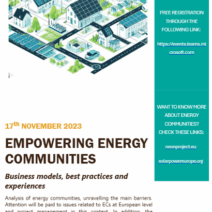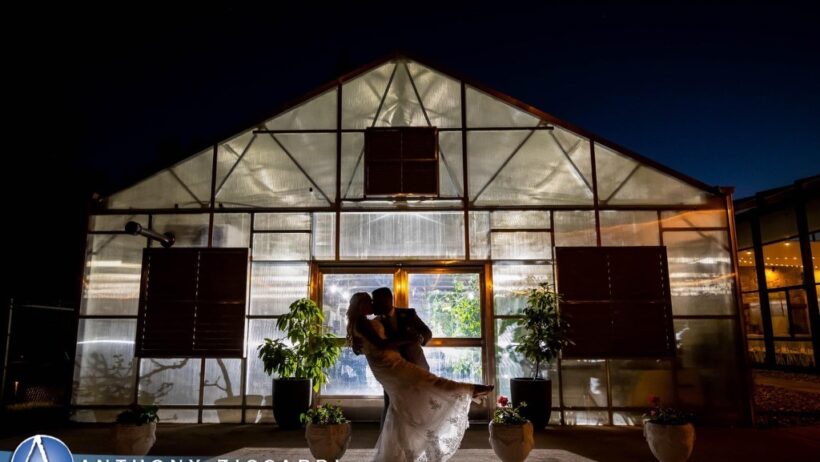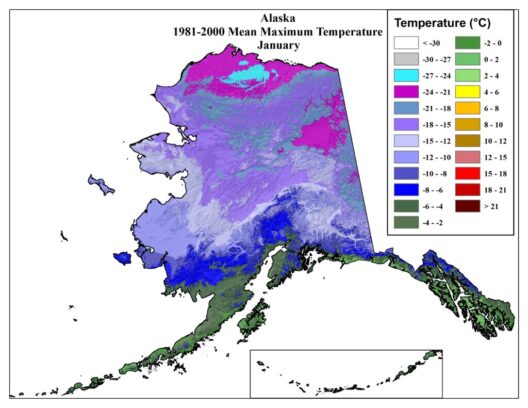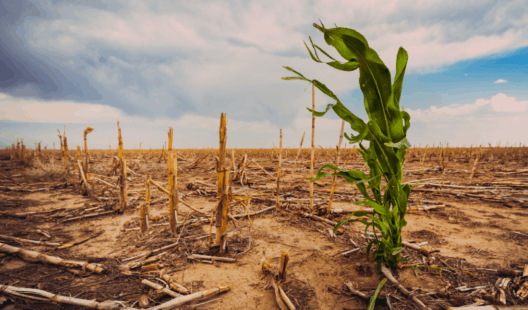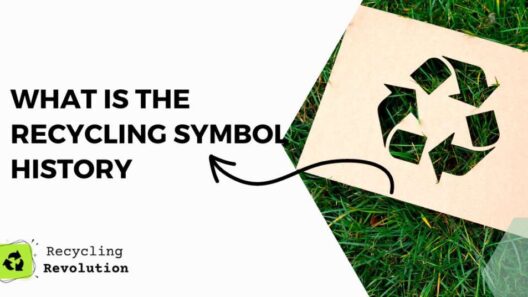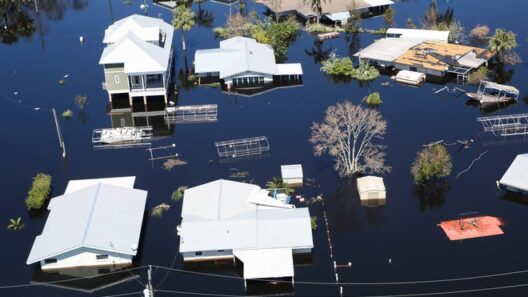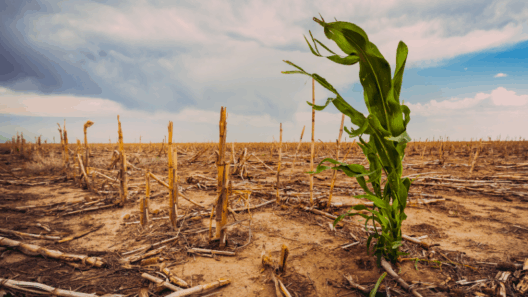Greenhouses, often perceived merely as structures for cultivating plants, play a surprisingly multifaceted role in environmental sustainability and climate change mitigation. The use of greenhouses has expanded dramatically over the decades. Their applications now span across food production, energy generation, and even carbon capture, acting as innovative solutions to some of our planet’s most pressing issues.
Traditionally, greenhouses are designed to create an optimal microclimate that supports plant growth regardless of external weather conditions. However, this very microclimate is also where their wider impact begins. The control over temperature and humidity enhances not only agricultural efficiency but also reduces the amount of land required for food production. By effectively utilizing greenhouse farming, we can alleviate deforestation pressures and promote biodiversity. Not to mention, producing food locally can significantly curtail the carbon footprint traditionally associated with transporting goods over long distances.
There are various types of greenhouse systems now in use, each with distinct benefits and applications. The most common is the polyethylene greenhouse, which utilizes plastic films to enclose a structure. While cost-effective, its environmental implications should not be overlooked, particularly concerning plastic waste. In contrast, glass greenhouses offer greater longevity and aesthetic appeal, allowing for better light penetration and thermal regulation. However, the initial investment can be higher, presenting a barrier to widespread implementation.
A newer and increasingly popular type of greenhouse is the aquaponics greenhouse. Integrating aquaculture (fish farming) and hydroponics (soilless plant cultivation), this system creates a symbiotic environment where fish waste nourishes the plants, while the plants clean the water for the fish. This closed-loop system not only maximizes space but also minimizes water usage—an essential factor in addressing global water scarcity issues. Aquaponics exemplifies how greenhouses can transcend traditional agricultural boundaries and introduce innovative solutions for food security.
Beyond their agricultural virtues, greenhouses can serve pivotal roles in energy production. The concept of a solar greenhouse marries the principles of cultivation with renewable energy. By harnessing solar power through photovoltaic panels installed on greenhouse roofs, these structures can generate electricity while simultaneously providing crops with essential light and warmth. This dual functionality highlights a compelling pathway toward a sustainable energy future, where food production and renewable energy generation are no longer competing interests but collaborative endeavors.
However, the most transformative potential of greenhouses may lie in their ability to sequester carbon. Research indicates that controlled environments can encourage higher carbon dioxide levels, promoting faster plant growth. The increased biomass can lead to more effective carbon capture, as plants absorb CO2 during photosynthesis. Implementing innovative carbon capture technologies within greenhouse structures can further enhance this effect. This notion positions greenhouses not merely as passive structures but as dynamic tools in the fight against climate change.
Furthermore, integrating advanced technology into greenhouse management practices has opened up a plethora of possibilities. Smart greenhouses utilize IoT (Internet of Things) sensors to monitor environmental conditions such as temperature, humidity, and soil moisture. By using data-driven insights, farmers can optimize their cultivation practices, leading to enhanced crop yields and reduced resource consumption. This scientific approach to agriculture can facilitate more resilient food systems capable of withstanding the heightened variability associated with climate change.
Greenhouses are also contributing to urban greening initiatives. Urban areas have been identified as critical fronts in the climate crisis. The increasing incorporation of greenhouses into urban planning not only adds greenery to otherwise stark landscapes but also contributes to improved air quality and reduced urban heat islands. Vertical farms, often housed within or alongside greenhouses, maximize space usage in densely populated areas. These initiatives are transforming cities into self-sustaining ecosystems, providing fresh produce to inhabitants and reducing the reliance on heavily carbon-intensive supply chains.
However, the ecological benefits of greenhouses must be weighed against potential drawbacks. The use of synthetic materials, particularly plastics, poses a risk of pollution if not properly managed. End-of-life solutions for greenhouse components, especially plastic covering, must be prioritized to avoid further exacerbating environmental issues. Similarly, the energy consumption associated with heating greenhouses in colder climates can be significant. The focus, therefore, should be on developing sustainable practices that mitigate these challenges.
In conclusion, greenhouses are not simply structures to grow plants; they represent a nexus of innovative solutions addressing environmental sustainability and climate change. Their role in agriculture, energy production, and carbon sequestration cannot be overstated. As we work toward a more sustainable future, it is crucial to recognize the full scope of greenery and technology that greenhouses can offer. Through evolution in design, sustainable materials, and integrated technologies, these environments can become pivotal players in our collective effort to tackle the climate crisis head-on. The challenge now lies in balancing their potential benefits with responsible practices that will ensure we do not inadvertently create new problems in the quest for solutions. The future of environmental conservation may well thrive within the walls of the greenhouse.
